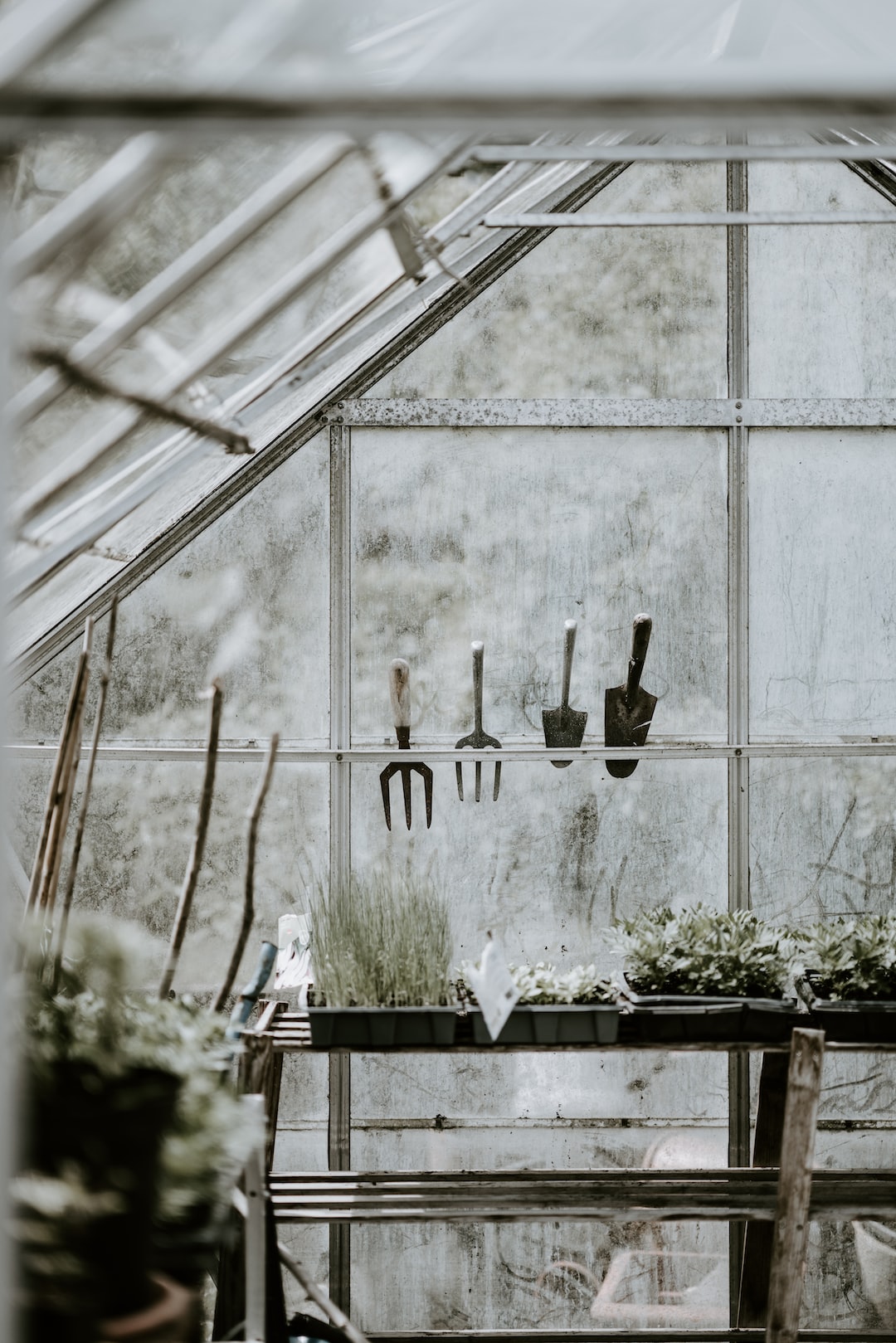The science behind successful seed starting and transplanting
Gardening is not only a hobby but also a science. Successful seed starting and transplanting rely on an understanding of the principles that govern plant growth and development. By utilizing the latest scientific knowledge, gardeners can maximize the chances of healthy growth and bountiful harvests. In this blog post, we will explore the key scientific factors that contribute to successful seed starting and transplanting.
1. Soil composition and fertility:
The first step towards successful seed starting begins with the soil itself. Soil composition plays a crucial role in providing the necessary nutrients, water, and air to the developing seedlings. Optimal soil composition consists of a balanced mix of sand, silt, and clay with added organic matter. Scientific studies have shown that an ideal mix ensures good drainage, aeration, and nutrient availability, creating an environment suitable for seed germination and subsequent growth.
2. Temperature and light requirements:
Seeds require specific temperature and light conditions for effective germination. Different plants have different preferences, and understanding their optimum requirements can significantly enhance the likelihood of success. Scientific research has determined that temperature fluctuations play a vital role in breaking seed dormancy. Furthermore, accurate information about light intensity and duration assists gardeners in providing seedlings with suitable conditions for photosynthesis, promoting healthy growth.
3. Seed treatment methods:
Seed treatment is a science that focuses on enhancing the germination rate and overall health of the seedlings. Pre-treating seeds with chemical or biological agents can increase germination rates, protect against harmful organisms, and boost the seedlings’ ability to withstand biotic and abiotic stress. Scientific studies have revealed the efficacy of using specific substances such as fungicides, natural biostimulants, and growth regulators to enhance seed quality and establish vigorous seedlings.
4. Transplanting techniques:
When it comes to transplanting seedlings, several factors can affect their success. The science of transplanting involves understanding the anatomy of plants, the optimal timing for transplanting, and proper handling techniques. Scientific research suggests that transplanting at the right stage of development, such as when seedlings have developed the appropriate number of leaves and a robust root system, increases their ability to adapt to new growing conditions. Additionally, handling seedlings delicately and avoiding damage to the roots and leaves during transplanting can improve the survival rate and subsequent growth.
5. Irrigation and watering principles:
Water is essential for plant growth, and providing the right amount at the right time is crucial. Scientific understanding of soil moisture levels and the water requirements of different plant species helps optimize irrigation practices. Overwatering can lead to root rot and nutrient leaching, while underwatering can result in stunted growth and diminished yields. By employing scientific methods such as soil moisture sensors or monitoring evapotranspiration rates, gardeners can ensure efficient water management and avoid unnecessary stress on seedlings.
6. Nutrient management:
Proper nutrient management is a fundamental aspect of successful seed starting and transplanting. Understanding the specific nutrient requirements of plants at different growth stages helps ensure they receive adequate nutrients for optimal growth. Scientific advancements in soil testing techniques have made it possible to accurately analyze nutrient deficiencies or excesses, allowing for precise fertilization strategies. Furthermore, knowing the appropriate timing and method of applying fertilizers, whether organic or synthetic, reduces the risk of nutrient imbalances, which can negatively impact seedling development.
In conclusion, successful seed starting and transplanting involve a careful understanding of various scientific factors. Soil composition, temperature, light, seed treatment, transplanting techniques, irrigation, and nutrient management all contribute to the ultimate success or failure of a gardening endeavor. By incorporating the latest scientific knowledge, gardeners have the opportunity to optimize plant growth, increase yields, and ultimately enjoy the rewards of their labor. So, the next time you embark on a gardening adventure, remember to apply the science behind successful seed starting and transplanting.

